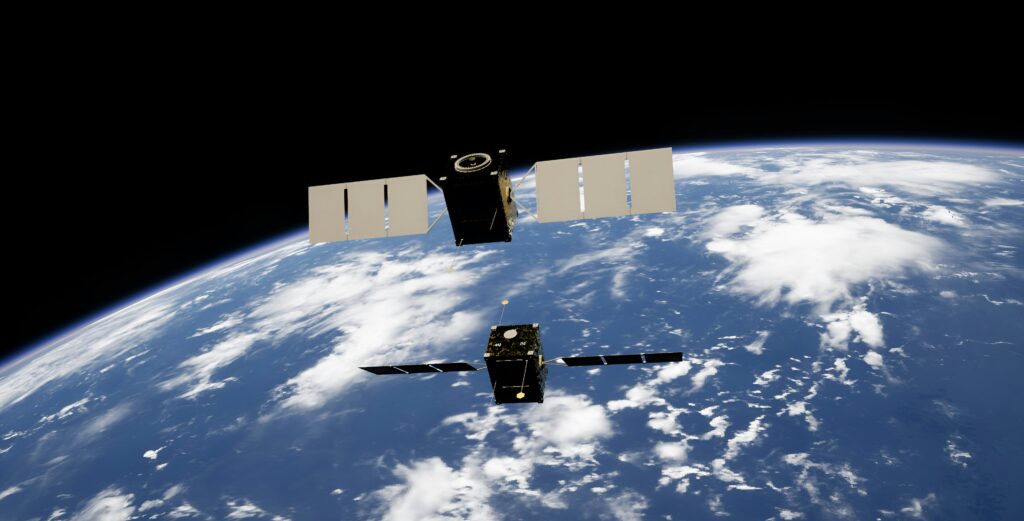SpaceX launched 21 new Starlink satellites on Saturday. The launch happened at NASA’s Kennedy Space Center in Florida. The Falcon 9 rocket carried the satellites into low Earth orbit. It lifted off smoothly and completed the mission on time.
This launch is part of SpaceX’s effort to bring the internet to more people. The satellites reached orbit about one hour after launch. SpaceX is working to provide internet service around the world. With each launch, the company brings more people online.
Direct to Cell Tech Fights Dead Zones
Out of the 21 satellites, 13 came with a new feature. They have a tool called Direct to Cell. This tool helps phones connect straight to satellites. That means users in remote areas can get mobile service.
Usually, phones need cell towers to connect. But this tech removes that need. People in rural places or areas without towers can still get service. SpaceX says this is a game-changer.
The new tech works without special devices. It connects to normal phones. That means more people can use it without extra cost. Elon Musk, the CEO of SpaceX, says this will help billions.
Global Internet and Mobile Goals
Starlink already gives internet to over 100 countries. This includes places with poor or no service before. The service works with a small satellite dish and router. It has helped people in war zones and remote areas.
Now, the goal is to improve mobile service too. SpaceX wants to stop dropped calls and lost signals. That’s why the Direct to Cell feature is important. It gives people more ways to connect, even in hard-to-reach places.
Satellites Bring Hope and Help
This tech is not just for fun. It helps during disasters too. When storms hit, cell towers may go down. But satellites stay working. People can still call for help or contact loved ones.
The service also helps aid workers and rescue teams. They can stay in touch in rough areas. This makes rescue work faster and safer.
Concerns About Too Many Satellites
Not everyone is happy, though. Some scientists worry about space getting too full. Each launch adds more objects to orbit. These can crash into each other and create space junk.
This junk can be dangerous. It could hit other satellites or even space stations. More objects also mean more tracking is needed. Space groups must keep an eye on all of them.
Astronomers also raise a red flag. Satellites can reflect sunlight and block views. This makes it hard to look at stars or study space. Some fear we could lose clear skies forever.
SpaceX’s Safety Measures
SpaceX says its satellites are safe. They are made to burn up in Earth’s air when their job is done. This helps reduce space junk. The company also says it follows rules and tracks its satellites.
Still, experts say more rules are needed. They want global laws to manage space traffic. As more companies send things into space, the risk grows.
The Push for Global Access
Even with concerns, many support the project. People without internet or mobile service often feel left out. Starlink gives them a chance to join the digital world.
Students can learn online. Farmers can get weather updates. Families can stay in touch. This helps improve life and safety for many.
SpaceX will keep sending up satellites. Each launch adds more power to the system. The company plans to grow faster and cover more areas.
The focus is on speed, service, and access. With better tech, users can expect clearer calls and faster internet. SpaceX wants to make sure no one is left behind.
The world is moving online, and Starlink is helping lead the way.


